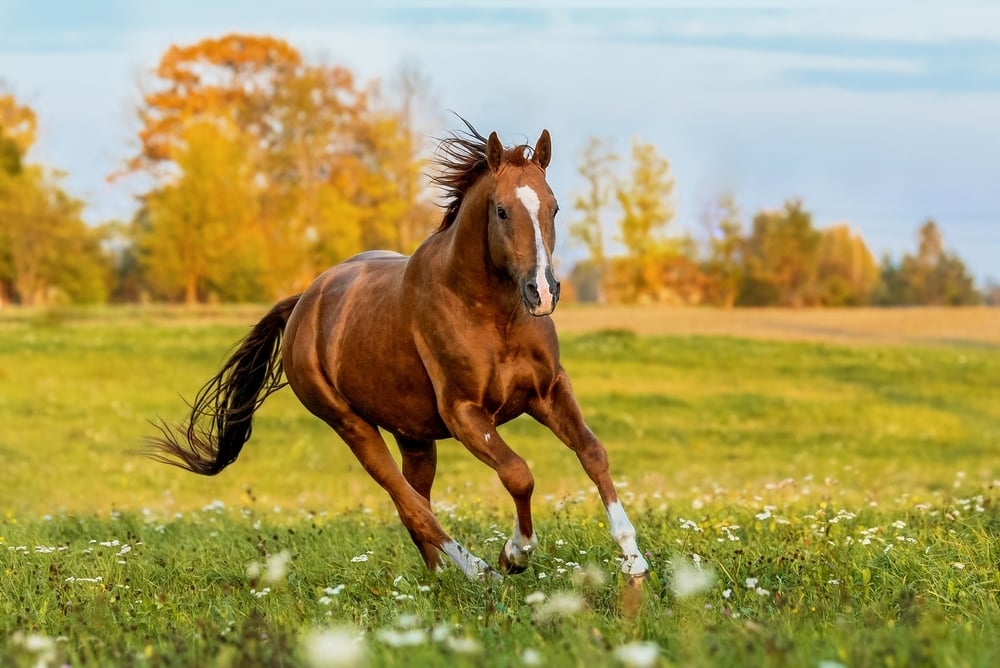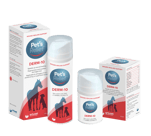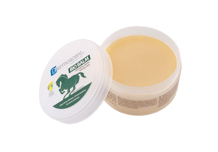
Wounds and Risk Areas in Horses
Whether it’s a minor scrape or a serious leg injury, wounds are an unavoidable part of horse ownership. Due to their size, environment, and active lifestyle, horses are especially prone to injuries—especially on their legs. Some wounds heal quickly, while others can be tricky and lead to problems like infection, scarring, or proud flesh. From hoof punctures to deep lacerations, equine wound care plays a vital role in your horse’s comfort, healing, and long-term soundness.
Where Do Horses Commonly Get Wounds?
Here are some areas where horses are more likely to get injured and what you should know about each:
Lower Legs (Cannon Bone, Fetlock, Pastern)
Legs are the most common place for wounds. They have thin skin and little padding, making cuts harder to heal. Movement and dirt also make it harder to keep these wounds clean.
What to watch out for:
- Swelling
- Red or raised tissue (signs of proud flesh)
- Slow healing
Helpful care tips:
- Clean the area thoroughly with a vet-approved wound wash
- Apply a wound cream or spray
- Use a clean bandage if advised by your vet
- Call your vet if the wound is near a joint or deep
Face and Head
Facial wounds can bleed a lot and may look scary, but they usually heal well. Still, it’s important to watch for issues if the injury is near the eyes, nose, or mouth.
Care tips:
- Gently clean the area
- Use a non-stinging, vet-approved ointment
- Keep an eye out for signs of infection (swelling, pus, heat)
- Ask your vet if stitches are needed
Chest and Underbelly
Injuries on the chest or belly can involve more than just the skin. Deep wounds may affect muscles or cause swelling under the skin.
What to do:
- Check for breathing changes or swelling
- Keep the wound clean and dry
- Call your vet if the injury looks deep or if your horse seems uncomfortable
Hoof and Coronary Band
The coronary band (just above the hoof) is critical for healthy hoof growth. Injuries here can affect how the hoof grows and may lead to long-term lameness.
Care tips:
- Keep the area clean and moisturized
- Use a hoof-safe balm to protect and hydrate
- For puncture wounds, consult your vet—these can turn serious fast
- Watch for signs of abscesses or lameness
Product selection for wounds care and protection
Here are some vet-trusted options that can support healthy healing:
Pet’s Relief Derm-10

...is a veterinary-grade wound ointment that protects the skin and supports healing. Perfect for leg injuries, cuts, and areas prone to proud flesh.
Dermoscent BIO BALM®

...is a natural skin balm made with essential fatty acids and plant extracts, great for keeping scars and cracked skin moisturized and healthy.